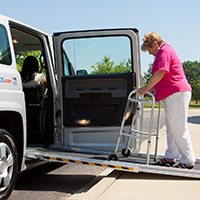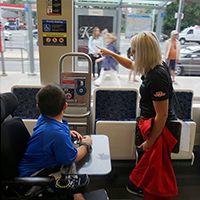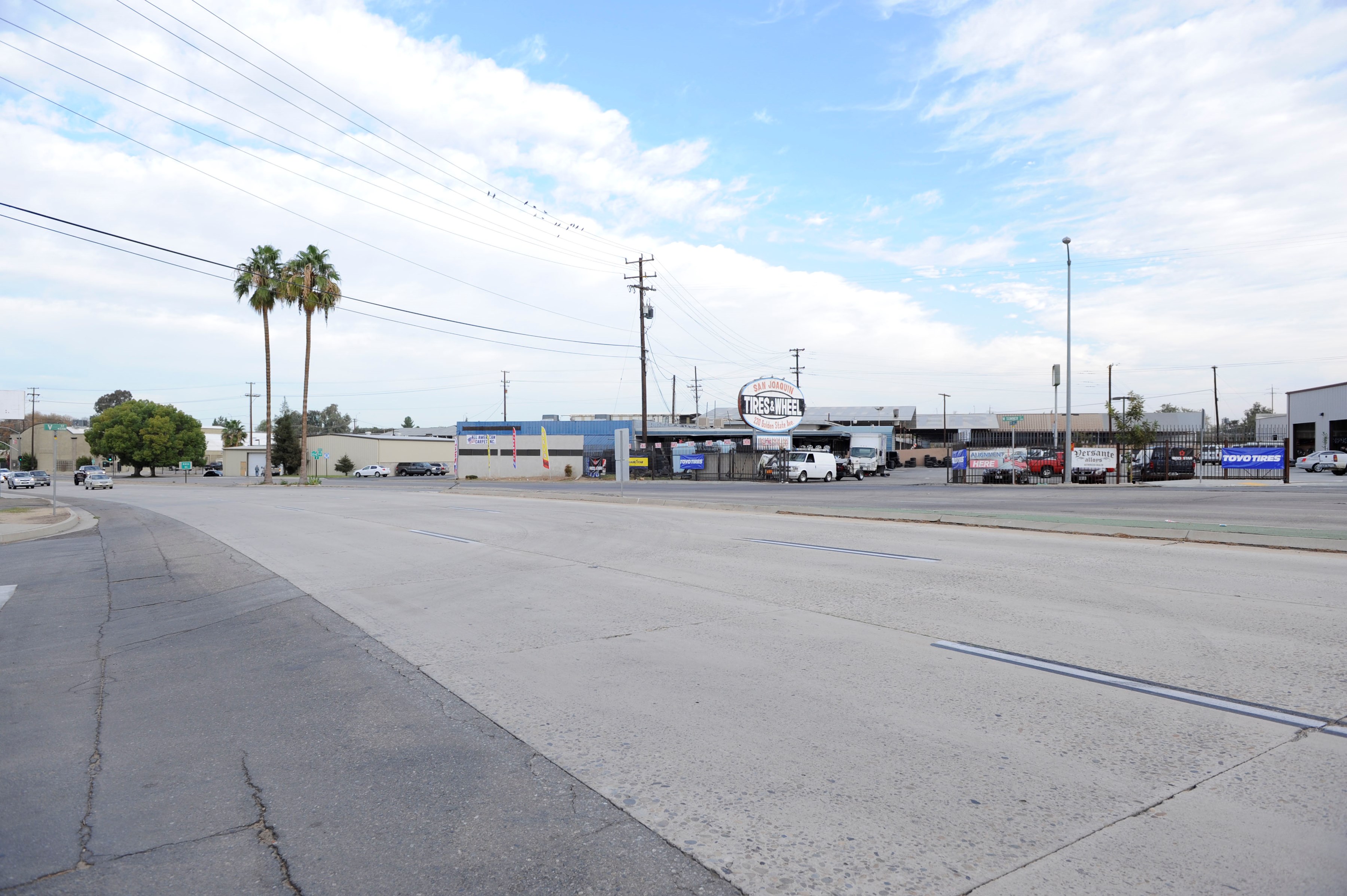Understanding Microtransit
Microtransit: Addressing Transit Gaps
Microtransit (also called Demand Response Transit) uses minibuses, shuttles, cars, or—one day—autonomous vehicles on flexible schedules to integrate more riders into a transit system.
5 Ways to Make Microtransit Work
Although microtransit offers options to update and optimize paratransit systems, many transit agencies are still trying to understand how to best implement cost-effective, microtransit strategies that will meet their riders’ needs. Here are five things agencies need to consider when considering changes.
Microtransit Across North America
4. Develop Partnerships
Public agencies, universities, and the private sector are driving innovative new research-based approaches to meeting the needs of accessible transit ridership. Since not all transit agencies have the resources to keep up on the latest research in their field or determine the best ways to implement it for their own agency, we see partnerships with the private sector and academia as an important opportunity to disseminate the latest research findings to improve transit agencies’ offerings to their ridership.

1
2
3
5
4
4
3. Adopt Technology
Technology is no longer a nice-to-have; it’s a must-have. This is particularly true as conventional fixed-route transit services integrate with other transportation modes established on technology and ease of use, such as ride-, bike-, and car-sharing services. Trip planners, dynamic scheduling software, and advanced fare payment systems can help.
3
2. Identify Underutilized Capacity
Closely examine your current operations to identify underutilized internal capacity and look at the potential in your existing on-demand systems, such as paratransit, where there may be unutilized capacity.
2


1. Avoid Redundancies
When considering integrating private microtransit, it’s important to look at the potential impact to your fixed-route service. For example, you don’t want a new service to cannibalize your bus ridership. One solution is to create clear limitations on where and when microtransit is available.
1

5. Communicate, Communicate, Communicate
When integrating alternate delivery models, particularly when they replace traditional fixed-routes, strong communication with stakeholders, government, and the community is a must. Be sure to focus on all the ways the service will better support users and ensure continued compliance.
5







How to Learn More
Microtransit series (Part 1):
Technology helps cities meet demand for accessible transit
Microtransit series (Part 2):
Key considerations when integrating on-demand service
Microtransit series (Part 3):
How tech can help transit unlock microtransit’s opportunities
Microtransit series (Part 4):
Academic research can help advance accessible transit
Ask the Expert:
Sasha Pejcic
Managing Principal,
Transit Advisory Lead
Read more
Read more
Read more
Read more
Read more
Transit agencies in all market sizes are employing or piloting strategies that incorporate microtransit within their service models to better meet the mobility needs of the communities they serve.

Toronto, ON
Stantec is currently collaborating with the University at Buffalo’s (UB) Center for Inclusive Design and Environmental Access (IDeA) on two projects for the Toronto Transit Commission’s (TTC) Wheel-Trans Transformation Program.
Read More


Read More
Innisfil, ON
Agencies like the Innisfil Transit in Ontario, Canada, are experimenting with integrating private microtransit into their spectrum of service options, using rideshares as contractors within the larger agency structure.


Read More
Buffalo, NY
Carnegie Melon University’s Robotics Institute and the University at Buffalo’s (UB) Center for Inclusive Design and Environmental Access (IDeA) have a long-term partnership to advance physical access and public transportation for people with disabilities.

Read More
Boston, MA
In 2016, the Massachusetts Bay Transportation Authority (MBTA) began an on-demand paratransit pilot program that allowed 400 registered paratransit users to use Uber and Lyft services.

Read More
Tampa, FL
The Hillsborough Area Regional Transit Authority (HART) began the “HyperLINK” pilot in November 2016, using a “door-to-bus” smartphone app that allowed HART transportation users to travel between their origin or destination and designated bus stops for $1.

Read More
Bakersfield, CA
Agencies like Golden Empire Transit District (GET) in Bakersfield, California, are looking at ways to revamp their own operations. GET is engaging in a microtransit pilot based on Stantec’s recommendations.


Read More
Livermore, CA
In January 2017, the Livermore Amador Valley Transit Authority (LAVTA) launched the GO Dublin! ride-sharing pilot program—a partnership between the LAVTA and ride-sharing companies Uber, Lyft, and DeSoto.






25% are traveling to or from transit stations
25%
42% of Lyft passengers use the service to commute

42%
The rise of ridesharing

88% live within 3 miles, meaning microtransit could connect 600,000 more people to transit
88%
28% of Wake County, NC’s one million residents live within comfortable walking distance of a transit stop (1/4 mile)

28%
Making transit an option for more people
Growing about 8% per year
Up 150% since 2014
Accessible transit ridership in US
Will make up 20% of the population by 2030
Growing 4X the rate of
the US population
Over-65 age group






